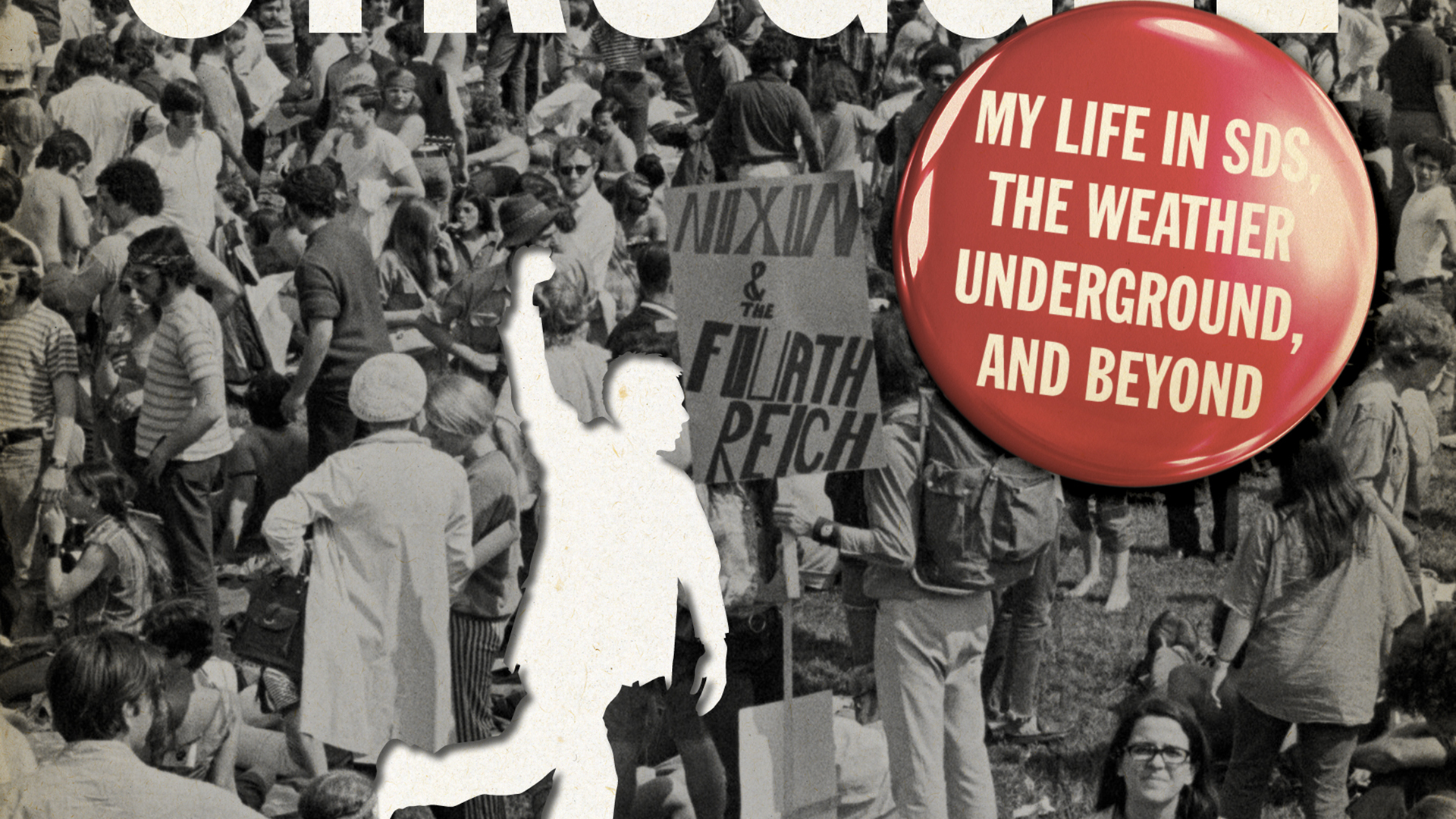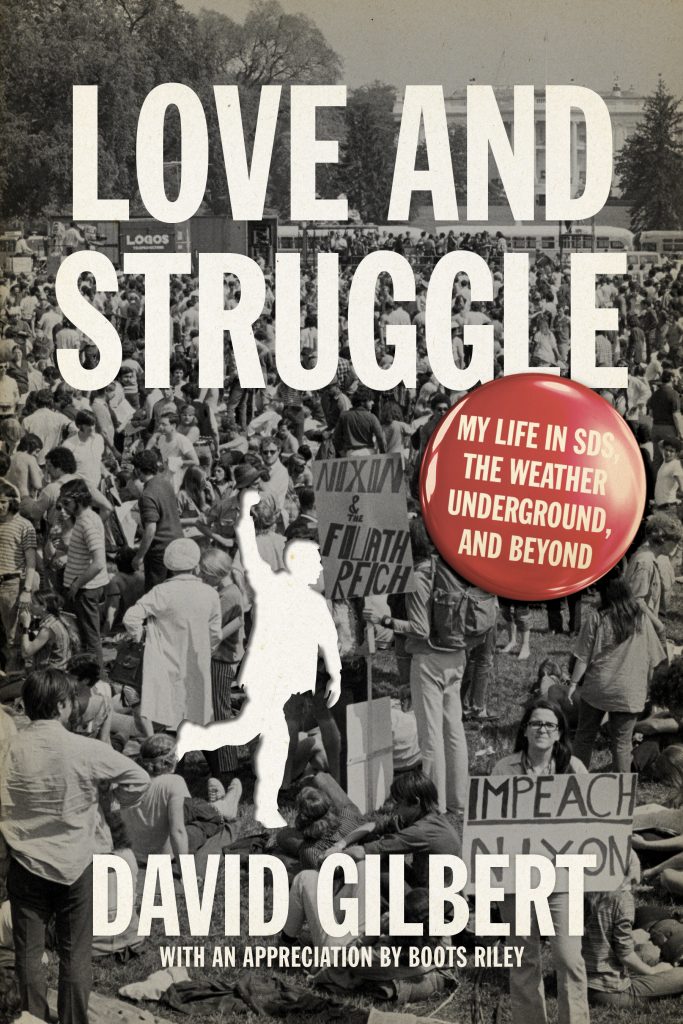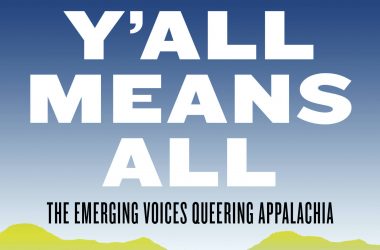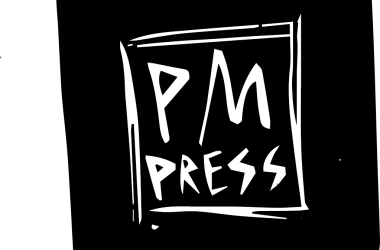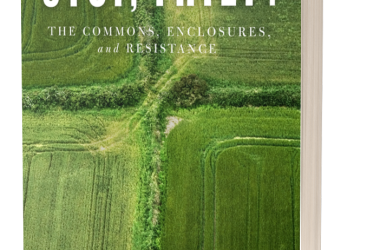by B. Loewe
Socialism and Democracy
2013 Vol. 27, No. 1, 191–221
For organizers and students of history too young to have touched the 1960s, that decade holds a mystique that David Gilbert’s Love and Struggle does wonders to make real.
Bernardine Dohrn, former Weather Underground member and now juvenile justice advocate, says that the sixties are a club used against today’s activists. She suggests that the way the history of the time gets told makes it a story inaccessible and artificially unique. She helpfully notes that the way we tell the myth of the sixties makes its advances and its fervor seem impossible today. Love and Struggle dispels those myths and provides readers with an inside view of one of the more controversial and misunderstood components of those times: white anti-imperialist armed struggle and the third world movements with which they allied themselves.
Unlike other books by former Weather members, Gilbert’s is neither an adventure novel nor an apologist saga. Being part the 1968 Columbia student strike, the rise and fall of Students for a Democratic Society, the counterculture and its “sexual liberation,” and one of the underground groups which carried out a series of bombings against government and corporate entities gives Gilbert plenty of material to keep readers turning pages through heartracing tales. But that’s not the point of the book. Instead, it is the production of a man who has had 31 years to reflect on the whirlwind of organizing and opposition that eventually led to an act of solidarity gone terribly wrong, tragic loss of life, and his 75-to-life sentence, which he continues to serve in a New York State prison today.
In a sense it carries to completion a task he set out for himself immediately after his arrest.
Love and Struggle is a thorough assessment of the achievements and mistakes, groundbreaking thought and misguided lines, revelations and retreats of its author and the organizations in which he participated.
As he and his co-defendants dealt with beatings and intimidation, attempted to develop a courtroom strategy, enlist outside support, and ensure his newborn son would be raised in a loving environment, Gilbert also felt that participants in the armored truck robbery in Nyack, NY, that would become known as “Brinks” had the duty to provide a self-reflection to movement forces. “As revolutionaries,” David writes toward the end of the book, “our commitment isn’t to our own status but rather to advancing the struggle. Indeed, if we can draw out useful lessons, our personal sacrifices are not completely in vain.”
Nothing that David Gilbert has done with his life has been in vain. Love and Struggle is 300+ pages of useful lessons. He documents his own politicization from suburban Boston to Harlem/Columbia, the body of study he embarked upon to make sense of the world and his and others’ place in it, the dynamics within the student movement, the violence of the state, and the solidarity with third world movements that eventually led to his decision to go underground.
Gilbert models what seemed so troubling for some of his peers, honest self-criticism. Many movement veterans of that period will say that “criticism, self-criticism” was anything but using someone’s strengths to overcome their weaknesses. Instead they recount that criticism, self-criticism was a weapon to tear people down and often ensure their submission to leadership. Gilbert’s dedication to advancing the struggle by focusing on lessons – as opposed to enhancing his own status – is clearest when he invites a former collective member who worked under his leadership to share his distinct memory of Gilbert so that readers get an assessment unbiased by the “vanity of memory” that could come from the author himself.
How is such an assessment useful to readers today? Readers who open Love and Struggle hoping for a memoir will be disappointed. Entertaining and autobiographical pieces are included only as opening vignettes that serve as starting points for Gilbert’s reflection. He’s constantly answering questions. What were organizers thinking? What examples and theories offer the most revolutionary potential? How did activists’ interactions with each other reinforce or reinvent power? What were the blind spots that allowed for mistakes to be made? At times he’s clarifying history, at others he’s correcting it.
He refutes the efforts to paint
Weather members as guilt-ridden or blood-thirsty and points out that
often such critiques are launched because those making them seek to
avoid what actually makes Weather lasting and important – the politics
they represented.
He lays out their goals:
1) Draw some heat so that the police and FBI couldn’t concentrate all forces on Black, Latino/a, Native, and Asian groups
2) Create a visible example of whites fighting in solidarity with Third World struggles
3) Educate broadly about the major political issues
4) Identify key institutions of oppression
5) Encourage white youth to find a range of creative ways to resist despite repression.
And he points out that Weather was not alone in using armed propaganda to accomplish their pursuits. Multiple militant actions took place nationally, for example, in response to the Attica prison massacre of inmates and even guards at the hands of state police.
But most telling to illustrate both the politics that brought Gilbert to Weather and what eventually got him expelled is the glimpse of above-ground life we get when he temporarily surfaced in Denver. Without a cell and without armed purpose, Gilbert is neither guilty nor seeking violent confrontation. Instead he sets an example of what white anti-imperialist politics look like in a different context. He situates himself among the white counterculture, developing a collective home and alternative lifestyle and from that place seeks to: act in solidarity with people of color organizations that both are rooted in their community and share a common politics; support women’s liberation and challenge his own sexism through a men’s group and its activities such as childcare; and be a bridge that may link the separate worlds into something greater than the sum of their parts.
In the multiple lives Gilbert got to live throughout the book, we see many examples of solidarity in action, sometimes odd other times profound – from running across vacation beaches with the flag of the Vietnamese National Liberation Front to purposely going limp at the start of his own trial and having to be tied to his chair because of his complete non-cooperation with a government he deemed illegitimate.
To be totally transparent, I’ve been in off-and-on correspondence with David since the summer of 2001, when I worked on a farm whose mission was to support organizations carrying on the legacy of the Black Panthers. David served as an adviser to that project and quickly became a mentor to me, a role he plays for hundreds of people who have found their way to his thoughtful letters after seeing the Weather Underground movie in 2003, reading Dan Berger’s Outlaws of America, or Gilbert’s other book, No Surrender. Reading Love and Struggle is like reading a long series of letters from David with fewer puns.
It’s an invaluable addition to anyone seeking to understand the world of 50 years ago or the efforts to change the world today. It shows that the history-makers of the sixties are neither gods nor devils but simply fierce and flawed people who threw themselves toward their understanding of freedom. It is further proof that David Gilbert (or any of the political prisoners) should not now be in jail.
Love and Struggle shares how one person answered the age-old question of “which side are you on?” or, in the more pointed form addressed to white activists by James Forman in The Making of Black Revolutionaries, “What will you do when they seal off the ghettos of America?”
And it pulls back the curtain on a system that’s still alive and unfortunately doing too well, thus asking readers the same. What will we do to see that David Gilbert and the other political prisoners still behind bars are freed? What will we do to carry on their legacy? What will we do so that the lessons learned and shared are advanced for another generation? I’m sure David would love to hear your answer. You can write to him at #83-A-6158 / Auburn Correctional Facility / P.O. Box 618 / Auburn NY 13024.
# 2013 B. Loewe Chicago bstandsforb.wordpress.com twitter: @bstandsforb
http://dx.doi.org/10.1080/08854300.2012.752999

